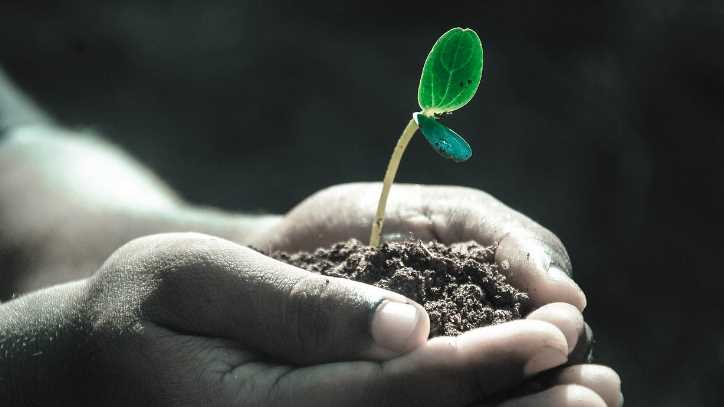Transplanting and dividing plants are essential tasks for any gardener looking to expand their garden and keep their plants healthy. Whether you’re moving a plant to a new location or dividing it to create more space, these processes require care and attention to ensure the plant’s survival. In this blog post, we’ll explore the best practices for transplanting and dividing plants, as well as provide tips and tricks to help you succeed in your gardening endeavors.
The Basics of Transplanting Plants
Choosing the Right Time and Location
Transplanting plants can be stressful for them, so it’s important to choose the right time and location for the process. Typically, the best time to transplant is in the spring or fall when temperatures are mild and plants are not under too much stress.
Preparing the Plant
Before transplanting a plant, make sure to water it well and gently loosen the roots from the soil. This will help the plant adjust to its new location more easily.
Transplanting Carefully
When transplanting a plant, make sure to dig a hole that is larger than the plant’s root ball and gently place the plant in the new location. Be sure to water the plant thoroughly after transplanting to help it settle in.
The Art of Dividing Plants
Knowing When to Divide
Dividing plants is a great way to create more space in your garden and promote healthier growth. It’s important to know when to divide plants – typically, it’s best to divide them in the spring or fall when they are not actively growing.
Dividing the Plant
When dividing a plant, carefully dig up the plant and gently separate the root ball into smaller sections. Be sure to replant the divided sections immediately in their new locations.
Caring for Divided Plants
After dividing a plant, water it well and provide adequate care to help it adjust to its new surroundings. Be sure to keep an eye on the divided plant and provide regular watering and fertilization as needed.
Top Tips for Successful Transplanting and Dividing
Follow these top tips to ensure successful transplanting and dividing of your plants:
| Tip | Description |
|---|---|
| Choose the right time | Transplant or divide plants in the spring or fall for best results. |
| Prepare the plant | Water the plant well and gently loosen the roots before transplanting. |
| Be gentle | Handle the plant with care during the transplanting or dividing process. |
| Provide adequate care | Water and fertilize plants as needed after transplanting or dividing. |
Conclusion
Transplanting and dividing plants are important tasks for any gardener looking to expand their garden and keep their plants healthy. By following the best practices and tips outlined in this blog post, you can ensure the success of your transplanting and dividing efforts. Remember to choose the right time, location, and provide care and attention to your plants to help them thrive in their new surroundings.
Frequently Asked Questions
1. When is the best time to transplant plants?
The best time to transplant plants is typically in the spring or fall when temperatures are mild.
2. How should I prepare a plant for transplanting?
Water the plant well and gently loosen the roots from the soil before transplanting.
3. How do I know when to divide a plant?
Plants are best divided in the spring or fall when they are not actively growing.
4. What is the best way to divide a plant?
Gently dig up the plant and separate the root ball into smaller sections before replanting.
5. How can I care for divided plants?
Water the divided plant well and provide regular care to help it adjust to its new location.
6. Can I divide plants in the summer?
It’s best to divide plants in the spring or fall when they are not actively growing.
7. Should I fertilize plants after transplanting?
It’s a good idea to fertilize plants after transplanting to help them adjust to their new surroundings.
8. How deep should I plant a transplanted plant?
Plant the transplanted plant at the same depth it was previously planted.
9. Can I divide plants that are flowering?
It’s best to divide plants when they are not actively flowering to reduce stress on the plant.
10. How long does it take for a divided plant to establish itself?
It can take a few weeks to months for a divided plant to fully establish itself in its new location, depending on the plant species and growing conditions.
